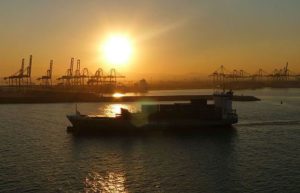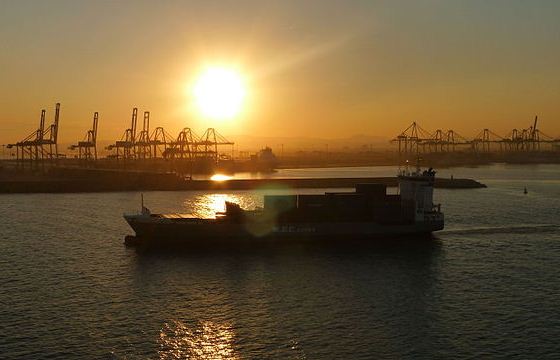 The International Chamber of Shipping (ICS) has published the latest version of its annual Flag State Performance Table.
The International Chamber of Shipping (ICS) has published the latest version of its annual Flag State Performance Table.
The table indicates the performance of individual flag states worldwide, analyzing how the included administrations deliver against a number of criteria such as port state control records, ratification of international maritime conventions, and attendance at International Maritime Organization (IMO) meetings.
This year, a new criterion on participation in the “IMO Member State Audit Scheme” has been included.
ICS Deputy Secretary General Simon Bennett remarked: “Following the entry into force of amendments to the relevant IMO Conventions, the IMO Member State Audit Scheme has become mandatory. This is a significant development that should make further contributions to improving maritime safety and the prevention of pollution.”
7 performance criteria
There are seven criteria used in performance assessment.
Port state control assesses the effective enforcement of international rules by examining the collective port state control record of ships flying a particular flag.
The three principal port state control (PSC) authorities are the countries of the Paris memorandum of understanding (MOU), the Tokyo MOU, and the United States Coast Guard. All three authorities target particular flags on the basis of deficiencies and detentions recorded for ships flying that flag.
Ratification of international maritime conventions, another criterion, does not necessarily confirm whether the provisions of these global instruments are being properly enforced. However, a flag state should be able to provide good reason for not having ratified any of the instruments referred to in the table.
The third is use by flag states of recognized organizations complying with IMO Resolution A.739. The resolution requires flag states to establish controls over recognized organizations (ROs) conducting survey work on their behalf, and determines that these bodies have adequate resources for the tasks assigned. The resolution also requires flag states to submit data to IMO on the ROs authorized to act on their behalf.
On the criterion regarding age of fleet, the ICS said: “A high concentration of older tonnage under a particular flag does not necessarily mean that this tonnage is in any way substandard.
“However, a flag which has a concentration of younger ships may be more likely to attract quality tonnage than a flag state with a high concentration of older vessels.
“As a positive indicator, the Table therefore shows the 90% of flags (among those listed) that have the lowest average fleet age (the bottom 10% of those listed having the highest average age).”
The table also looks at flag states’ reporting requirements, the fifth category, which concern their submission of information to the IMO and International Labour Organization (ILO).
As an indicator, the table positively identifies flags that are in compliance with ILO reporting obligations, as well as flags confirmed by IMO to have communicated information demonstrating that full and complete effect is given to the relevant provisions of the STCW Convention (as amended in 2010) and included within the latest STCW “white list.”
Although in itself not an indicator of their safety and environmental record, the sixth criterion, attendance by flag states in the major IMO meetings (Maritime Safety Committee, Marine Environment Protection Committee and Legal Committee), is thought to indicate how more likely the states are to be seriously committed to the implementation and enforcement of IMO rules.
Attendance at these meetings is also important to keep abreast of regulatory developments. The table identifies flag states that have been represented at all meetings of these three major IMO committees, plus the biennial meeting of the IMO Assembly, during the two years previous to January 1, 2017.
The newest criterion is IMO member state audit. This determines how effectively audited states adhere to all applicable mandatory IMO instruments covered by the scheme. These audits became mandatory in 2016 and the table positively indicates flag states reported to have already been audited.
The 2017/2018 Shipping Industry Flag State Performance Table is currently being distributed among ICS national ship owners’ associations and their member companies, which cover over 80% of the world merchant fleet. It is based on the most up-to-date data available as of January 2018. Green squares suggest positive performance indicators, with potentially negative performance highlighted by red squares.
The table can be downloaded free of charge via the ICS website.
Photo: Aah-Yeah – Containership





